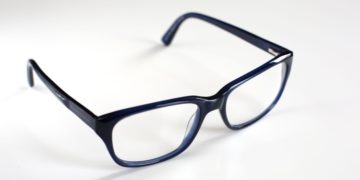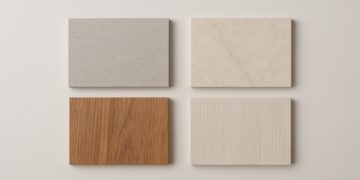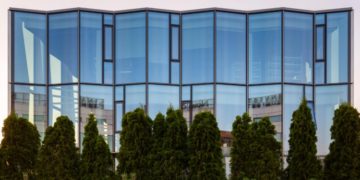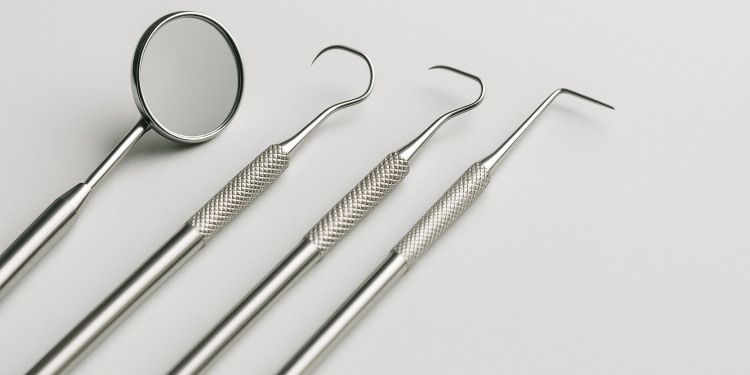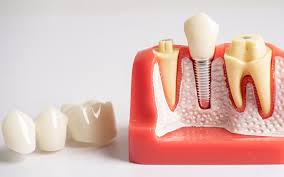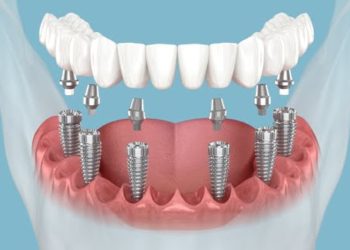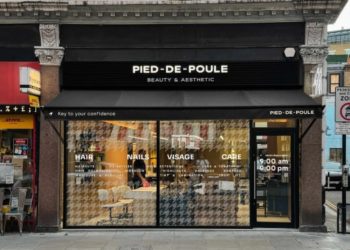Minimally invasive restorative dentistry is transforming the preservation of natural smiles. By focusing on the integrity of natural teeth, these techniques provide aesthetically pleasing and functional results. Insights from a dentist Windsor highlight the importance of maintaining tooth structure for a more natural-looking smile.
Preserving the natural structure of teeth is a cornerstone of modern restorative dentistry. In an era where cosmetic appeal and oral health are paramount, techniques that minimize alteration to natural teeth are gaining prominence. Less invasive methods enhance aesthetic outcomes and contribute significantly to long-term dental health. For patients, this means retaining the natural beauty of their smiles while addressing dental issues effectively. Insights from a dentist Windsor practice emphasize the importance of these techniques in maintaining tooth structure.
The concept of minimally invasive procedures
Minimally invasive restorative dentistry focuses on preserving as much of the natural tooth as possible. This approach involves using advanced techniques and materials that allow dentists to treat dental issues without extensive drilling or reshaping. The benefits of this methodology are manifold, ranging from reduced discomfort during procedures to less time spent in the dentist’s chair. Patients appreciate that their natural tooth structure is largely preserved, resulting in a more authentic look and feel.
The emphasis on minimal intervention aligns with the broader trend towards sustainable healthcare practices. By maintaining the structural integrity of teeth, these procedures help reduce the need for future interventions. This is not only beneficial from an aesthetic perspective but also crucial for ensuring long-term oral health. The use of biocompatible materials further supports this approach by integrating seamlessly with natural teeth.
Incorporating state-of-the-art technology has been pivotal in advancing minimally invasive techniques. From digital imaging to laser treatments, these innovations facilitate precise interventions that prioritize patient comfort and outcome quality. Such advancements enable dentists to address specific areas without compromising surrounding tissues, thereby preserving the overall health and appearance of patients’ smiles.
Techniques and innovations
Advancements in dental technology have significantly expanded the capabilities of minimally invasive procedures. Techniques like air abrasion and laser dentistry allow practitioners to remove decay precisely without extensive damage to healthy tooth structures. These methods are complemented by innovations in bonding agents and composite resins that match the natural appearance of teeth closely.
The integration of CAD/CAM technology has also transformed restorative practices. By enabling precise digital impressions and custom-fit restorations, this technology ensures that treatments are tailored to individual patient needs. The result is a restoration process that not only conserves more tooth material but also delivers results that are virtually indistinguishable from natural teeth.
Moreover, these technological innovations have made it possible to achieve outcomes that were once considered unattainable through traditional methods. Patients benefit from faster treatment times, reduced post-procedure sensitivity, and enhanced satisfaction with their smile’s appearance. This underscores the importance of staying abreast with technological advancements in delivering superior dental care.
Patient experience
Patients undergoing minimally invasive procedures often report a more comfortable experience compared to traditional methods. The use of gentle techniques reduces anxiety and pain associated with dental treatments, making visits to the dentist more pleasant. Additionally, faster recovery times mean that patients can resume their daily activities sooner, with minimal disruption.
Testimonials from those who have undergone such procedures frequently highlight improved self-esteem and confidence levels following treatment. When individuals see their natural smiles preserved and enhanced, it fosters a greater sense of well-being and satisfaction with their appearance. This positive feedback loop reinforces the value of choosing minimally invasive options when seeking restorative care.
In collaboration with skilled professionals like those at dentist Windsor clinics, patients receive personalized care plans tailored to their specific needs. Such practices emphasize comprehensive assessments to ensure each procedure aligns with the patient’s overall dental health goals. The result is a collaborative approach to care that prioritizes patient outcomes and satisfaction.
David Prior
David Prior is the editor of Today News, responsible for the overall editorial strategy. He is an NCTJ-qualified journalist with over 20 years’ experience, and is also editor of the award-winning hyperlocal news title Altrincham Today. His LinkedIn profile is here.















